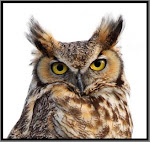Laguna Atascosa NWR is located on the Gulf of Mexico about 15 miles north of where the Rio Grande meets the Gulf. This 45,000 acre refuge has the greatest number of recorded bird species of any National Wildlife Refuge. It also provides habitat for the endangered ocelot and jaguarundi.
I arrived just as the sun was coming up and due to cloud cover it was virtually dark. Before I could finish attaching my camera to the tripod a Wild Turkey and a Chachalaca ran across the parking lot and green jays were flying around in the trees. I knew it was going to be a good day.
Plain Chachalaca
1/200 sec, f5.6, 400mm
The refuge has two driving loops, a lake loop and a gulf loop. I started with the lake loop and soon saw a sign for a alligator pond. I hiked out to see the alligators but was disappointed to find out that the pond was completly dry. It would be nice if they posted a sign.
I then took the longer gulf loop. This route takes you along the gulf through some very interesting landscape. I was able to see Roseate Spoonbills, White Ibis, and Redish Egret. At one point I had to stop and wait for a Tortise (Texas Tortise?). I pulled over and got out to watch the Tortise when I noticed a huge shiny black snake crossing the road. I estimated that it was around 7-8 feet long. Maybe a Texas Indigo snake.
Reddish Egret
1/400 sec, f8.0, +1 Exposure Compensation, 400mm
 Green Jay
Green Jay1/200 sec, f5.6, -2/3 Exposure Compensation, ISO 1250
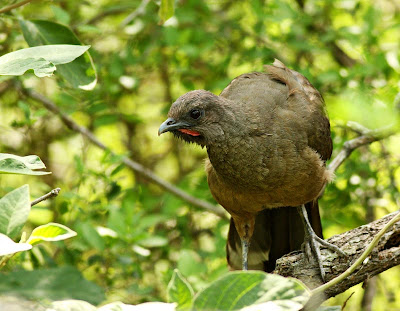
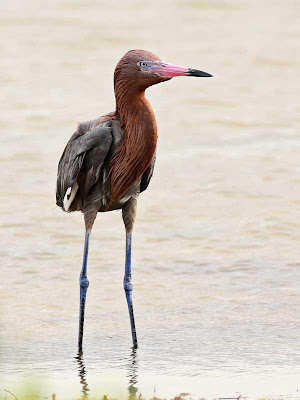
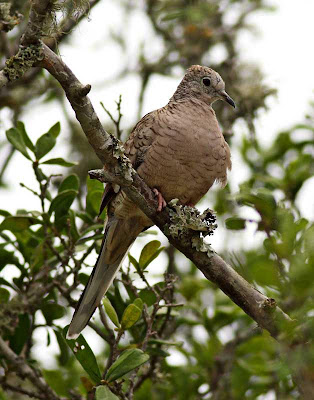



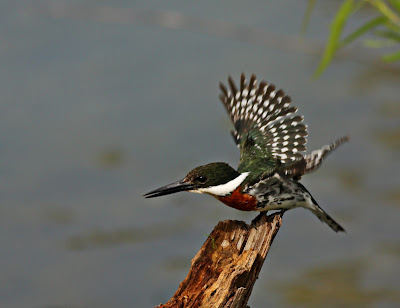

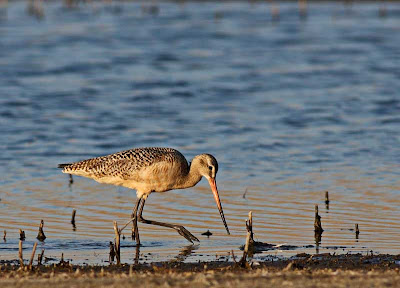
-1456-Web.jpg)

